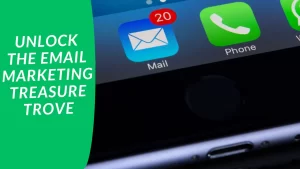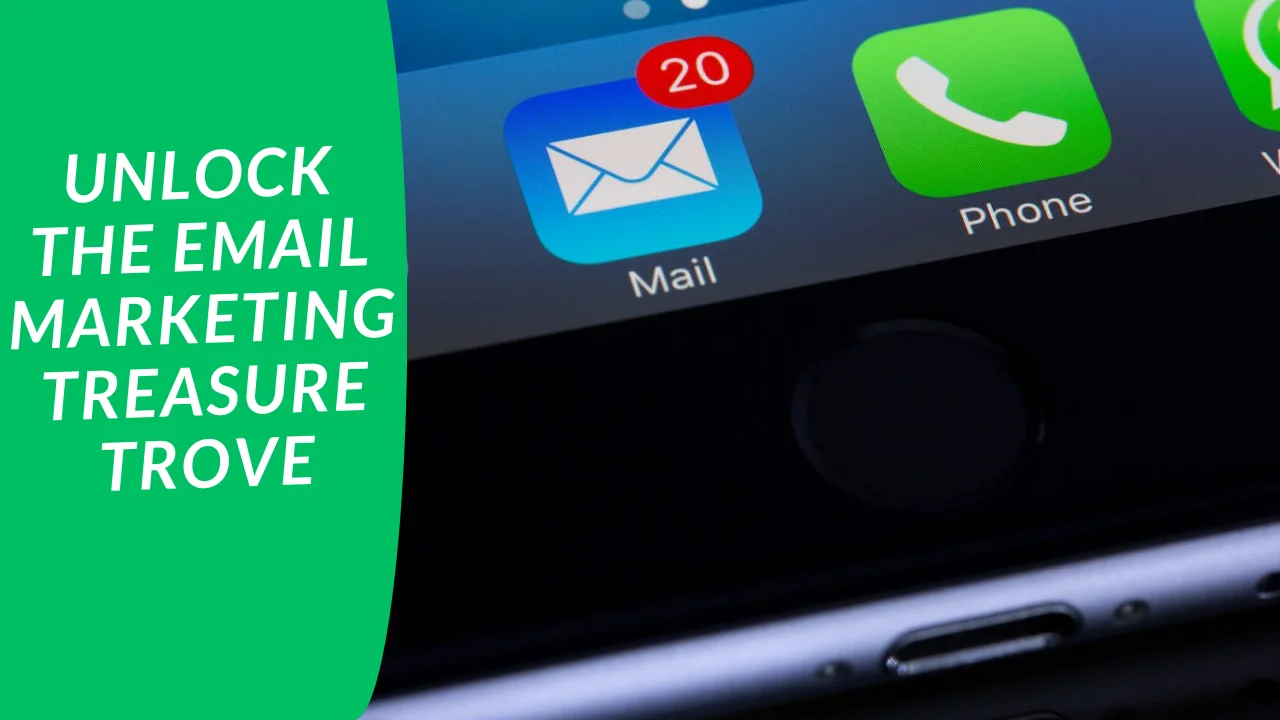
The Power of Email Marketing: Did you know that there are three times as many email accounts as there are Facebook and Twitter accounts combined? Or that you’re six times more likely to get a click-through from email than on Twitter?
If you’re a savvy marketer, you’ve probably seen the reports that tout email’s unmatched return on investment (ROI) among marketing channels. You’re itching to harness the potential of email marketing to supercharge your sales and revenue. But before you dive in, you’re likely pondering:
1. How exactly do I get started?
2. What are the steps I need to take?
3. How do I build a list?
4. How do I measure success?
This definitive guide is your compass through the intricate world of email marketing. It’s your roadmap to achieving remarkable success in the realm of email campaigns.
